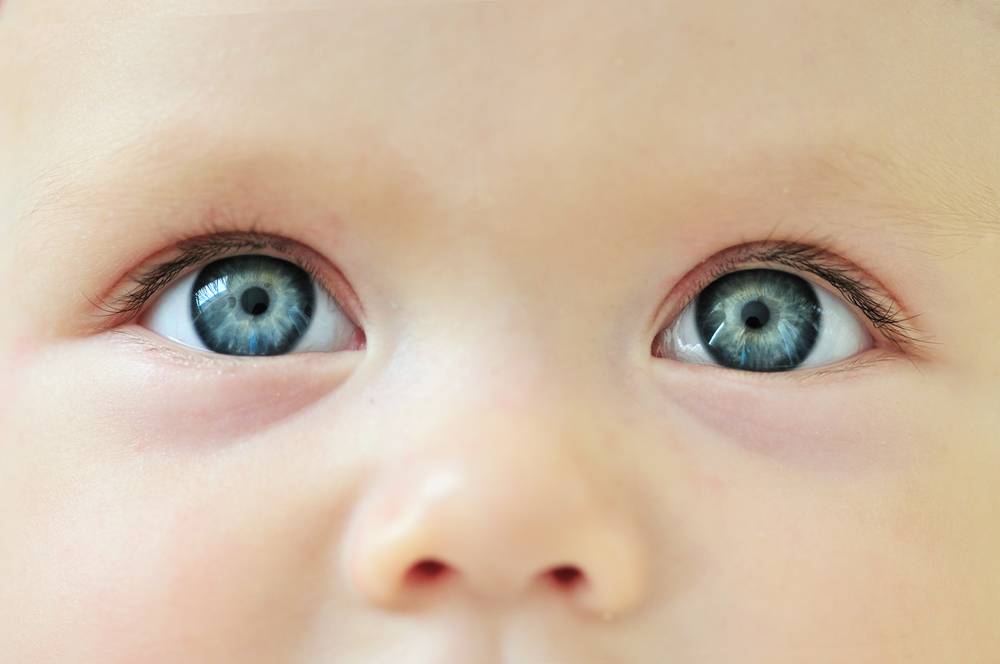Key points:
1. Baby’s sight is crucial for perceiving and learning about the world.
2. Visual development involves both nature and nurture, with “synaptic pruning” playing a key role.
3. The critical period for visual development is in the first two years of life.
4. Visual experiences in early childhood can impact long-term perception and preferences. Your baby’s sight will become the lens through which they will perceive and learn about the various properties of the world.
Your baby’s sight will become the lens through which they will perceive and learn about the various properties of the world.
The vision is one of the most sophisticated aspects of human development. It takes up 30% of our cortex, compared to the 8% of touch and just the 3% of hearing. Each of the two optic nerves carrying information from the retina to the brain consist of millions of fibers.
Sight’s development occurs so quickly that it dominates the human sensory experience. This process is crucial and will become the lens through which your baby will perceive and learn about the various properties of the world. Because babies are born with a functional visual system that is prepared to make an important contribution to learning, however, it is still unable to perceive objects in an adult-like way; that comes through the years.
Firstly, how does a baby’s sight develop?
Babies begin with a rather limited visual experience, but this wiring occurs in two phases.
- The first phase of this development is nature’s part of the job, establishing a crude wiring diagram. Big groups of neurons use a host of programmed molecule cues to help guide axons to near current locations.
- The second phase, however, is influenced by nurture. The baby’s visual stimulation generates electrical activity. Neighboring axons compete for space in the brain’s unrefined map and the pruning process occurs.
Depending on the timing and level of electrical activity, axons either lose their synapses or link into accurate targets. This evolutionary adaptive process is called synaptic pruning; the “fittest” or most active connections that complete this wiring journey can successfully refine this crude map into a more precise representation of visual space.
Is there a critical period for visual development?
A baby’s sight is highly malleable, especially during the first two years of life. The brain needs stimulation to wire itself up properly during this pruning period. Once this is over, the cortex cannot rewire itself drastically no matter how much stimulation is applied.
A particular visual skill first begins when synapses initially form in its underlying circuit. Afterward, it is subject to modification by experience only if synapses have undergone the refinement phase. However, given that different parts of the visual system undergo refinement at different times, this period of sensitivity to visual input differs among individuals. Vision is highly malleable until age two, following a decline until reaching ages 8 and 9.
Is there a correlation between visual experiences and later visual preferences?
It seems to be the case! Most of us are raised in “carpentered” environments or surrounded by rectangular buildings and houses, so we have slightly better acuity for both horizontal and vertical orientations than other objects such as diagonal orientations. In contrast, Canadian Indians that have been raised in more traditional teepee-shaped “houses” have a better acuity for oblique angles than those raised in normal department/house-like environments. So there is a correlation between these two!
Early childhood visual experience does have a long-lasting impact on perception and visual circuits wired in the brain. Might this subtle difference in a baby’s sight influence whether they’ll become an artist or a soccer player? It might!








